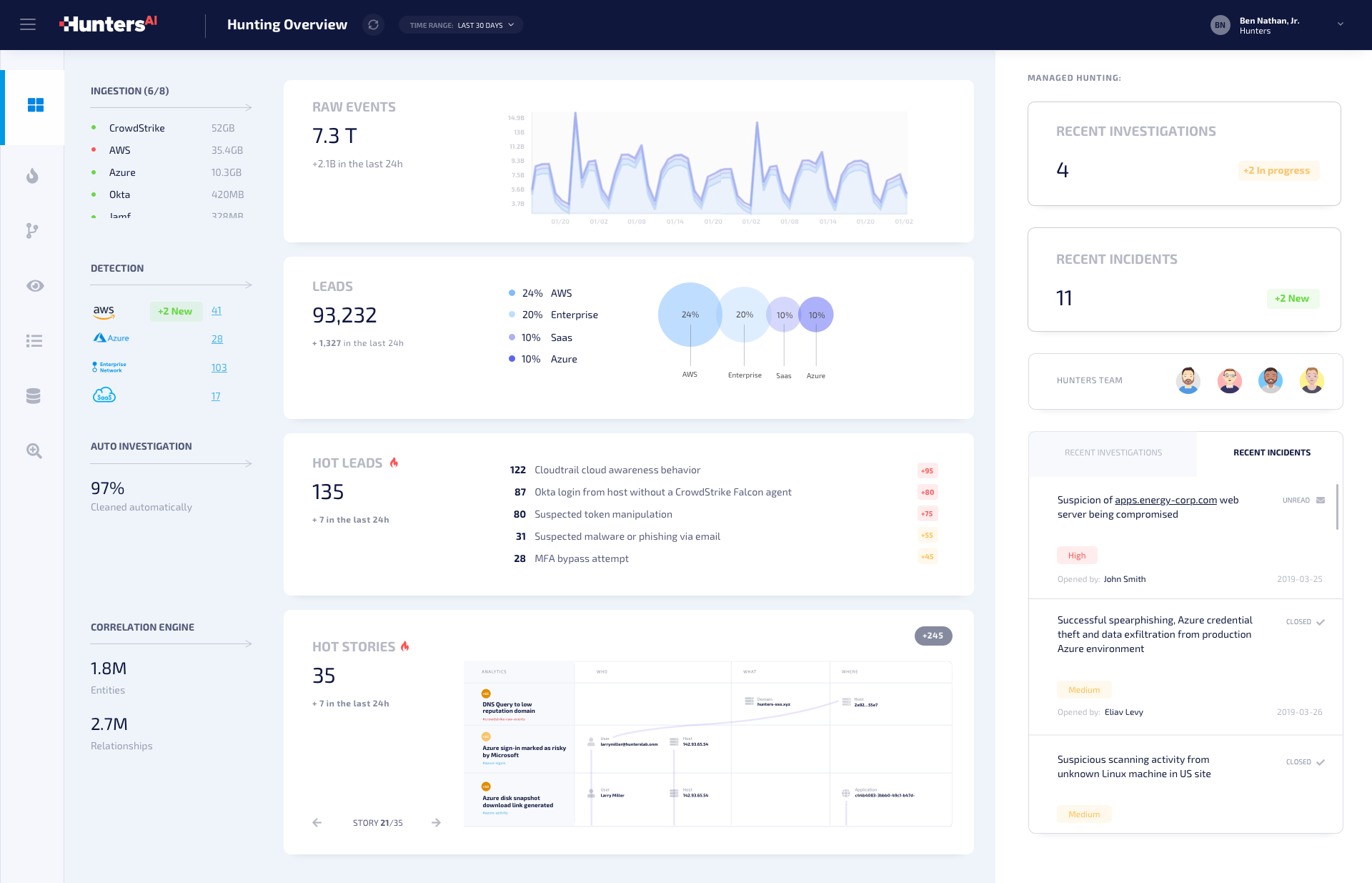
Reeling from these tough economic times, you may be considering a loan for your business for the first time.
How do you get a small business loan? Should you apply to an online lender? Try to get a loan through a bank? Go through the Small Business Administration (SBA) for financing?
Many loan requirements are the same for the application process. Lenders and the SBA have specific conditions you must meet in order to get a loan. But with some loans and lenders, there is a protection program to ensure that you are safe.
An SBA loan may have special requirements that differ from the requirements of traditional loans. Every lender uses certain evaluations to determine your ability to repay.
Lenders look at bank statements, assets in the business, financial statements, debt service coverage ratio, and personal and business credit score (present and history). Lenders also want you to have a sound business plan.
Get Your Ducks in a Row
Did you ever change the business name, physical address, or phone number? Are these changes on past bank statements, tax forms, incorporation papers, utility bills, and websites?
In other words, Joanie’s Pet Sitting is not the same as Joanie’s Pet Sitting LLC. Joanie’s Pet Sitting, Virginia Beach is not the same as Joanie’s Pet Sitting, Norfolk.
If a business name, address, or phone number changes, the change should be made on every license and document related to the business. You can’t rewrite former financial records. But you can include documentation that supports the business history. You can include a letter of explanation as well.
The main concern of a lender is to determine your ability to repay the loan. Here’s a look at the key pieces of the loan application puzzle.
Top 8 Small Business Loan Requirements
Here are the top 8 small business loan requirements and how to qualify for a loan:
Personal Credit Score
Your personal credit score carries a lot of weight in the business loan application process. For many types of business loans, when you as the owner of the business sign on the dotted line, you are guaranteeing payment of the loan.
This is especially true with fledgling small businesses that are still building a history of tax returns. Don’t worry if your business is relatively new. You may still get a loan if you have an excellent personal credit score and all the business owners have good credit scores. If your business has multiple owners, the lender may want to see a credit score from each. The loan amount will be closely tied to those scores.
Some lenders may require the business to be operational for a minimum of 2 years. If the business has 2 or more years behind it, lenders may look at a business credit score. That score comes from a business credit bureau, such as Dun & Bradstreet.
Action to take: Before applying, business owners should check their personal credit score to make sure all the information is correct. Get credit scores from each owner. Clear up any inaccuracies. Some credit report monitoring services have suggestions for improving your score, and you may be able to bump your score up a bit if you have time. In borderline cases, it could be enough to net you a better interest rate or other terms.
Work to improve your credit score. Schedule payments to make sure you make them on time, reduce your debt, open a business credit card and keep you utilization of available credit low.
Bank Statements and Ratings
What do lenders look for when they examine your bank records? Lenders look at seasonal fluctuations in income, debt to income ratio (see below), and tax obligations.
When you’re borrowing from a bank, the bank will assign a rating. The rating is the total amount of borrowing capacity you have from that bank.
The date you opened a business bank account is used as the start date for your business. The longer your business has been established, the more likely you are to qualify for a loan.
There are contributing factors to favorable bank ratings. Ideally, your average daily balance should be above $10,000 for 3 months. Manage your bank accounts to keep the average daily balance as high as possible. Avoid overdrawing your account, and set up overdraft protection.
It’s not enough to just have the money sitting there. Your business should be generating a steady volume of regular deposits.
You also should have a bank reference, who is the person you work with at the bank. In other words, a person who will vouch for you as bank officials consider your loan.
Revenue/Balance Sheet
Of course, revenue is important. A business must make money to stay afloat, and pay the requested loan.
But revenue is just one of the important numbers that help businesses get loans. Revenue is part of a balance sheet.
The balance sheet includes assets, liability and owner equity. The assets of businesses are subtracted from the liabilities of businesses. The calculated amount of owner equity is added to that number. That number is an estimate of what the business is worth. That number must be reasonable in comparison to the loan amount sought.
Action to take: Chip away at the amount of liability every chance you get. It’s a lot like paying off a credit card. Just paying interest keeps you treading water. Applying even a small amount of money monthly to principal debt will show a positive change and attention to the health of the business.
Debt-to-Income Ratio / Cash Flow
Think of the balance sheet as a snapshot of your business. The debt-to-income ratio, or cash flow, is a monthly snapshot.
Each month, after expenses are paid, how much money is left? This number shows the lender how much of a loan payment you may be able to handle monthly.
Lenders may also do a comparison of accounts receivable to accounts payable. You won’t be able to “pick your best month” as an example. The lender will do that comparison the month you are asking for a business loan.
What’s the number that a lender wants to see for a debt service coverage ratio? A lender typically wants to arrive at a calculation that is less than 1.25 or 1.35 times your expenses. That calculation of expenses will include the payments you’d be making on the loan you are seeking.
How does the lender get to that debt service coverage ratio number? Typically, the lender divides the annual net operating income by the total principal and interest of all debt obligations.
Here are the highlights of what a lender will analyze: gross margin, cash flow, debt to equity ratio, accounts payable, accounts receivable and earnings (before interest, taxes, depreciation and amortization).
Lenders prefer to see financial statements that have been audited by a certified public accountant. You can have financials reviewed by a CPA – which is faster and cheaper – but some lenders require audited financials. Find out what the lender requires.
Action to take: Accounts receivable will only include goods or services that have already been invoiced. Make sure you are invoicing promptly. And of course, make sure you are paying your bills promptly. Proving that you are up to date with sending out bills and paying bills shows the lender that you have a good process in place for money management.
2+ Years in Business
For a Small Business Administration lump-sum loan, your business has to have been running for 2 years. There are SBA loans that don’t have that requirement, such as many of the line-of-credit loans and the SBA microloans.
To get a business loan from the SBA, you’ll need to present tax returns for the past two years that prove the existence of the business.
Action to take: Organize your tax returns. Put them on a disc or into another format that is easy to provide to a lender. Provide a business credit report. Provide the applicant’s credit report and get copies of the credit scores of all owners.
Type of Industry
To get an SBA loan, businesses must meet the requirements according to the SBA’s definitions of small business. Those definitions vary by type of industry.
The SBA definition of small business is two-part: by the number of employees or by the average annual receipts (gross income).
The gross income is averaged over 3 to 5 years. If the business hasn’t been around for more than a year, the gross income is calculated by the average weekly income times 52.
The number of employees is calculated as the average number of employees per pay period. This includes part-time employees. The average is calculated using a 12-month period.
For a look at the SBA requirements under the type of industry, go to www.sba.gov/document/support–table-size-standards. It’s an interesting read and may make you realize just how big or small some small businesses are.
For example, a cheese manufacturer can have up to 1,250 employees, and be considered, well, small cheese. A flower or nursery stock wholesaler may have no more than 100 employees.
Businesses can make a lot of money and still be considered small. For example, a home health company can have yearly revenue of up to $16.5 million. A baked goods store can make up to $8 million.
Action to take: If you think your business is too big for a small business loan, think again. Check the Type of Industry chart to learn the requirements. You may be pleasantly surprised to find out you can apply for a small business loan. Get familiar with the numbers for employees by the type of business. Since part-timers are also counted, you might be getting close to going over the requirements. To qualify for an SBA loan – with better rates and longer payback terms – you may consider combining part-time positions to full time.
Collateral or Assets
Not all lenders require that you put up collateral to get a loan for business use. But for those lenders that do, you may have to list assets on your loan application.
Lenders like to see assets that they can easily use (seize) if needed to cover your loan obligation if you fail to repay.
Assets include business real estate, inventory and business equipment. It’s important to know that collateral can also include funds from accounts receivable. That can include monies that have been invoiced but haven’t yet been paid to the business.
If you can’t pay the loan, the lender can seize the assets. For real estate and equipment loans, a UCC (Uniform Commercial Code) statement may be filed to claim accounts receivable and other collateral.
If you don’t have sufficient assets, a lender may require personal guarantees. This is not a good option. This type of loan backing puts your personal assets at risk as well as the assets of the company.
Action to take: Yikes! Imagining a future where you lose business real estate and inventory may give you pause as you list those items on your loan application. Scary stuff. But it’s a given that those who are confident enough to start and operate a business have already demonstrated determination and boldness. Taking out a business loan is a risk, but growth doesn’t come without risk.
Business Plan
Lenders don’t often ask to see a business plan from those seeking loans for businesses. But adding information about the plan to your application may make your business stand out from others looking for a loan.
It’s like adding a brilliant cover letter to your resume. Of course, the application information includes bank statements, information about the owner’s (or owners’) credit score.
You may also include information about the nuts and bolts of your company. Let the lender know what you do and how you make money.
Also, include information about how the loan fits into your plans for the business. Let the lender know how you place the spend the proceeds of the loan. Provide realistic financial projections for future growth
If applicable, include market information and details on the status of your business niche. Describe how demand for your products and services is growing. Make projections to predict future growth.
Action to take: As you prepare to apply for the business loan, gather the paperwork needed to document your business plan. Include bank statements, information about personal credit/credit score and business expenses. These are the black and white proof of your ability on paper to pay the loan.
Add the missing piece to make your application for a business loan stand out from others. The average person on a lender review team may have no knowledge of what your business is.
For example, let’s use a business that makes something called a Skid Plate. Piece of metal that goes under a car, huh? Would a lender want to grant a business loan for a company expansion? What if the lender knew that the Skid Plate was a patented new product, in huge demand in the race car industry, primarily NASCAR?
By adding an explanatory description of the business, you will be more likely to get a business loan.
FAQs About Qualifying for a Loan
Let’s review some quick facts about the application process for business loans.
Who Can Apply for a Small Business Loan?
Any small business can apply for a loan. You should be making a profit and have a good credit score. You should not be involved in any default action by any entity, including the US government. People in the loan business don’t like that kind of stuff.
If the business owner is going for a loan through the SBA, the requirements are different. The SBA requires that your business operates within the United States and has been operating for a minimum of 2 years. If you can’t meet those qualifications, don’t bother going through the application process.
Are Small Business Loans Hard to Get?
The business loans are not hard to get if the company has owners with good personal credit and has been making money.
If you or any of the company owners (20% ownership or more) have a bad credit score, you have little chance of getting loans through the SBA. The SBA won’t give loans to a businesses which aren’t making money. A startup entity may try for a microloan.
You may find although you were stressed out about how to land a business loan, the process was easy. If you’re already running a company, you’re good with paperwork. Or you’ve hired somebody who’s good with paperwork!
One of the main requirements for getting loans is being organized. Get your paperwork stuff together and go for it. Today you have more options than ever for getting business loans.
For more information see the Small Business Credit Survey1.
What Documentation Must I Provide?
Lenders require documentation for business loans and it varies by the type of loan. At a minimum, you will need to provide income tax returns, your credit score, bank account information, a business financial statement, and personal identification such as a driver’s license. For more information about loan paperwork, go to Business Loan Documents to Provide.
What is the Minimum Credit Score for a Small Business Loan?
Most lenders require a minimum credit score of 600-680 for a small business loan. That’s a minimum requirement for business loans from most lenders.
People who get a business loan from an online lender may be able to get around that qualification. Online lenders considering loans often value business revenue more highly. Do some shopping, as the loan amount is typically smaller with varying interest rates.
How Much Can I Borrow on a Business Loan?
The amount of money lenders award is directly connected to how much you can afford. It won’t be how much you think you can afford. It will be how much the lender determines you can afford.
That’s a good thing. A reputable lender has your back and doesn’t want you to fail.
Summing Up
It’s no shame to need a loan for your business. In fact, obtaining a loan for future expansions or growth is a standard part of nearly every business plan.
Getting a loan to expand the business is not a one time venture in a business plan. Often business owners take out and pay off a series of loans during the course of doing business. You can use the loans to finance purchases, such as real estate, equipment or fleet vehicles.
Business owners historically have borrowed about $600 billion each year, according to a study by the SBA. Typically about 40% of small company owners borrow money each year. And that doesn’t mean that business owners are landing huge loans.
The average size of a business loan, since 2016, has been about $600,000. But many of those applying for a loan borrow much less. More than half of the business applied for loans of less than $100,000.
It’s important to understand what lenders are reviewing when you apply for a loan. Understanding what’s important to get a loan will help you improve your chances, now and in the future.
Although additional paperwork is required for an SBA loan, you may be pleased to find that it is easier to qualify for one of their options. In fact, business owners often get SBA loans after being turned down for a traditional loan.
Yes, it can take some time to complete the application and get the loan. On the plus side, terms range from five to twenty-five years for paying off the loan. Loan interest rates are priced according to risk, which is also standard practice with conventional commercial loans.
No matter what type of business you have, it stands to reason that someday you’ll need a loan for improvements and growth. Take steps now that will help you qualify for a small business loan.
Information Sources
1 Fed Small Business. “Small Business Credit Survey“
Image: Depositphotos.com
This article, "Small Business Loan Requirements – and How to Meet Them" was first published on Small Business Trends










